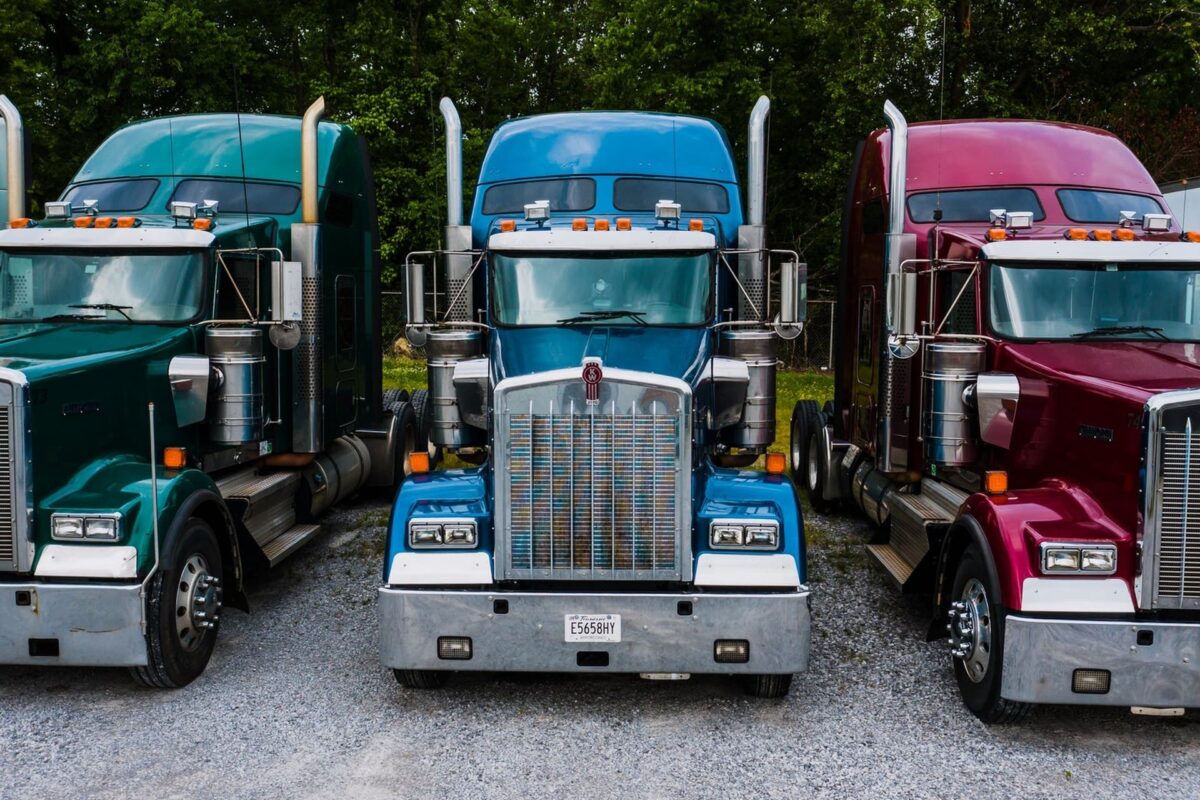On August 3, 1961, the Renault 4 – the company’s first front-wheel drive model – rolled off the assembly line.
That day, exactly 60 years ago, production of the famous pioneering model Renault 4 began – a car that has been in production for over three decades
Back in the winter of 1958, Renault began work on the “Project 112” – a front-wheel drive small class car. Its revolutionary feature on an international scale was a fundamentally new body – a two-volume 5-door hatchback – that is, with an additional aft door and folding rear seats. Later, this scheme began to be used on many passenger cars.
Initially, the novelty was called Renault 3. But as it turned out, its engine of 603 cc of power of only 21 hp did not provide the necessary dynamics. Only about 2.5 thousand cars were made this way. Therefore, in mass production was started the Renault 4L with 26.5 hp engine, the working volume of which was 747 cc.
Its presentation took place at the Paris Auto Show on October 5, 1961. It must be said that the public at first reacted cautiously to this plain-looking, utilitarian car. However, after a powerful advertising campaign at the beginning of the next year, the model went into mass production and so won the hearts of the public. Its success was aided by its successful performances in various competitions, including victory in the Paris-Dakar marathon.
Naturally, various improvements and changes were made to the car, which had been in production for three decades. But what is typical, they generally had no fundamental character.
Externally only the radiator shell has been changed in 1968. As for the engine, its working volume was firstly increased to 845 cc (29 hp), and then to 956 cc and 1100 cc (34 hp each in both cases). Accordingly, the top speed increased to 123 km/h. Over time, a 4-speed gearbox has been added, disc brakes, steering wheel and dashboard have been changed.
The Fourgonnette were also available as a light distribution vans with a deaf or glazed body. The trucks were produced since 1961.
Carrying capacity was 300 kg, but since 1966 it was increased to 350 kg. In 1971, a version with a high roof and payload of 400 kg was presented – this machine also received an engine of 845 cc. In 1975, a version with a 12 cm longer wheelbase debuted, the cargo volume was increased from 1.88 cu. m to 2.25 cu. m, and payload was up to 440 kg. In 1977, the vans received new indices: short F4 and long wheelbase F6.
Totally, during 1961 – 1992 about 8 million 135 thousand 424 vehicles of Renault 4 range have been produced.













